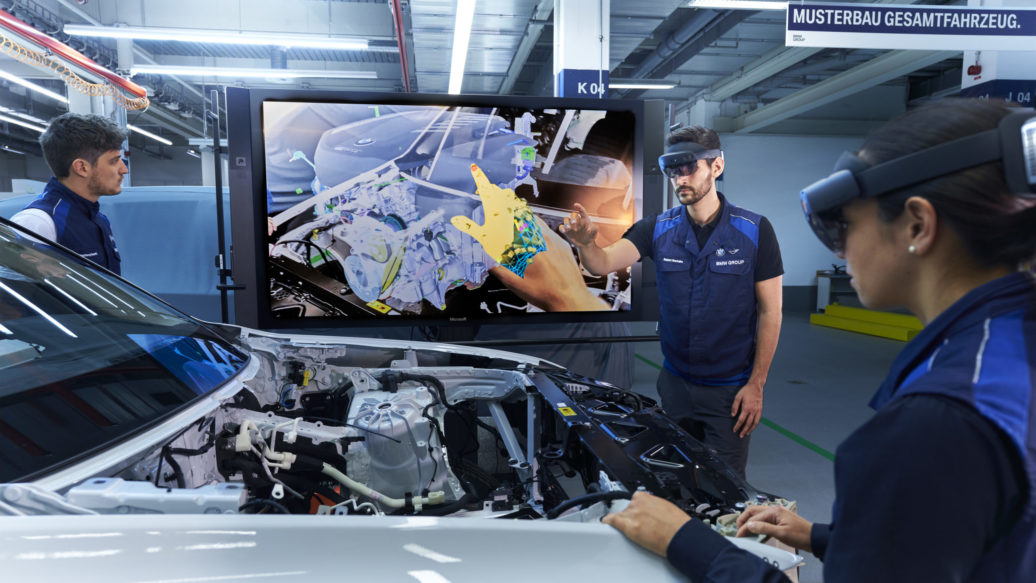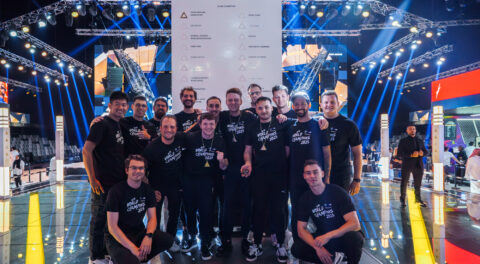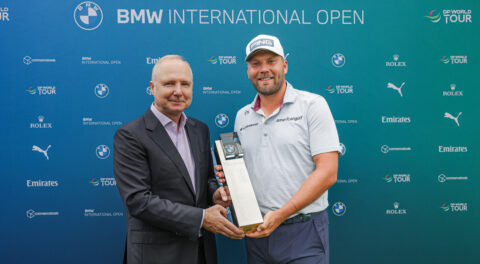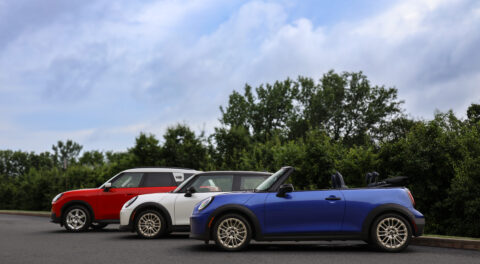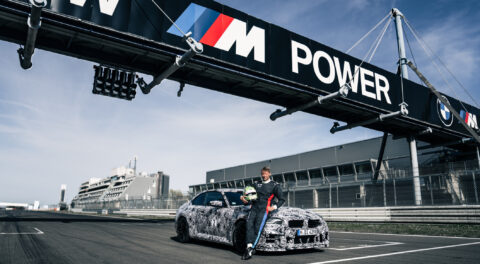As an automotive company that prides itself on being at the forefront of technological innovation, it should come as no surprise that the Bavarians have already implemented virtual reality and artificial intelligence (AI) technologies into their production processes in an effort to keep their competitive edge as a manufacturing giant. The innovative new technologies weren’t developed to exclusively benefit BMW’s factory-based operations, however.
Just last year, BMW began the distribution of smart glasses to all 347 of its North American dealerships, with the goal of increasing maintenance efficiency and turnaround time for customer vehicles within the service department. Today, BMW has decided to continue its pioneering use of advanced AI technology through the implementation of a new augmented reality station at their Pilot Plant in Munich, Germany.
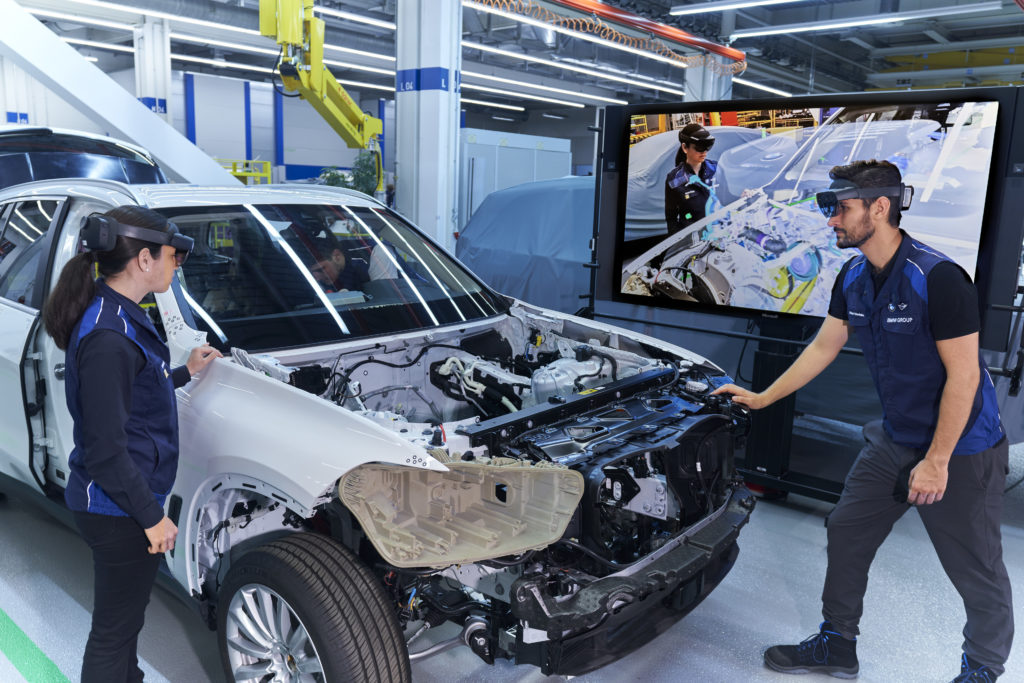
Using similar software to last year’s smart goggles, the new augmented reality lenses will serve to create a more efficient production process, cutting costs and doing away with the unnecessary expenditure of energy and time that the tediousness of prototype construction represents. With new optic capabilities, the goggles will be used exclusively for the Pilot Plant’s prototype production division, where they will serve to fine-tune the assembly process of BMW’s concept and prototype vehicles.
After being donned by the specialist, the new augmented reality (AR) technology engineered into the glasses will allow their user to visualize not only the physical machinery before them, but also develop true-to-scale virtual computer-aided-drafting (CAD) models of remaining parts and pieces. These components and pieces of hardware can then be superimposed on the existing real-time perspective to assist the technician in completing vehicle assembly as quickly and as accurately as possible.
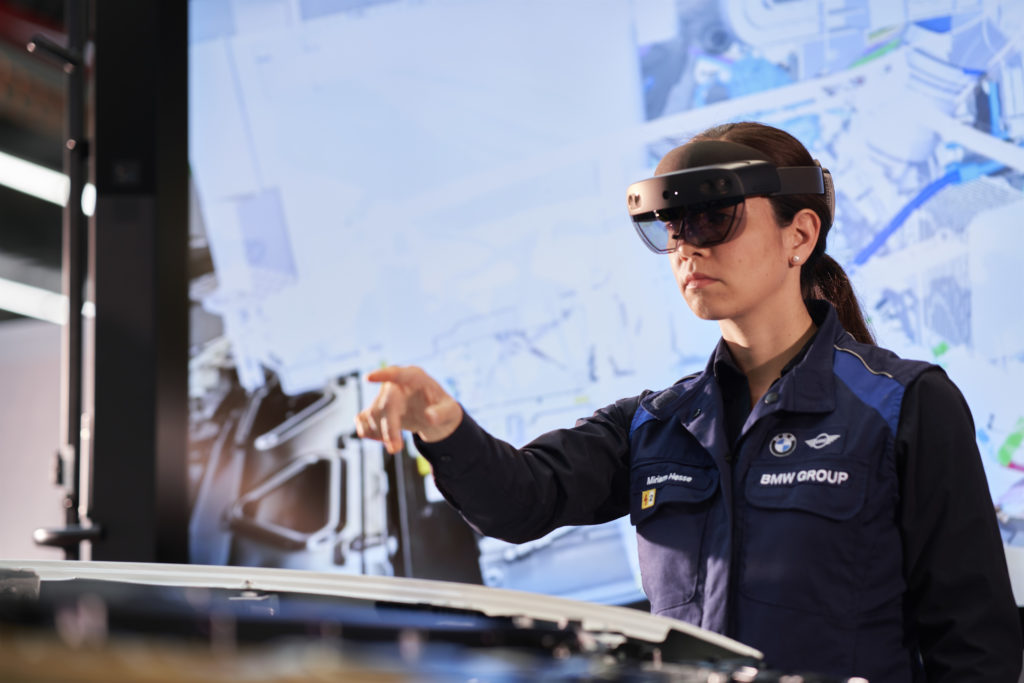
The CAD files, which are simply plucked from the plant’s computer database and placed into the AR goggles’ internal software, are then reproduced in 3D, in real-time, before the wearer’s eyes, where the user can then interact with the virtual images via hand movements, allowing for the resizing, rotating, and movement of virtual pieces to simplify the assembly process. With the inner-workings of the prototype also in view, specialists may also opt to engage in a collaborative review of the vehicle’s manufacturing status, via the goggles’ built-in multi-user mode, which allows specialists to collectively review every stage of the prototype process simultaneously with their colleagues, whether next door or overseas.
According to BMW, by using augmented reality to refine the prototyping process, the entire engineering and concept cycle now takes an estimated twelve months less to complete than before, due to its invaluable assistance on the small scale with individual projects, and on a big scale in more complex full-production stages. That’s right, the implementation of a single technology (AR) can shave up to a full year off prototype production.
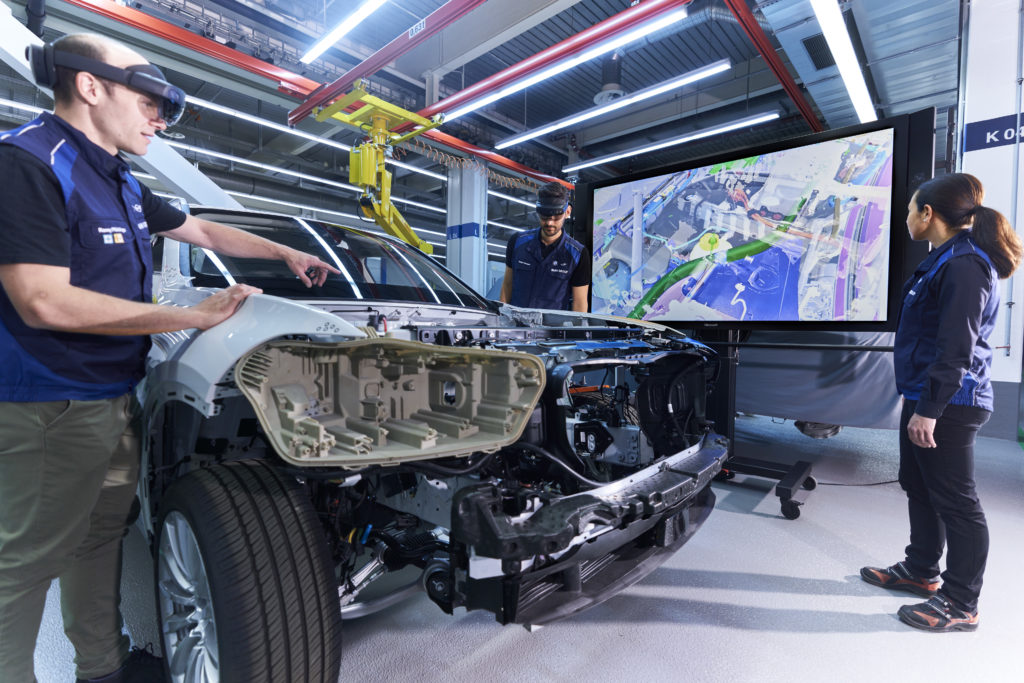
For Michael Schneider, head of Complete Vehicle at the Munich plant, the AR technology is priceless simply for its ability to almost instantaneously foresee whether or not a manufactured part will fit in the finished vehicle, insight that removes intermediary steps, eliminating the need to pause work between revisions, which in turn reduces the number of test setups that need to be carried out. This revelation means that time and money are saved, contributing to overall plant and design efficiency.
In an industry and world where efficiency is the name of the game, there is no doubt that the application of such technology in an automotive setting will keep BMW relevant and on the innovation podium for years to come.—Malia Murphy
[Photos courtesy BMW AG.]

